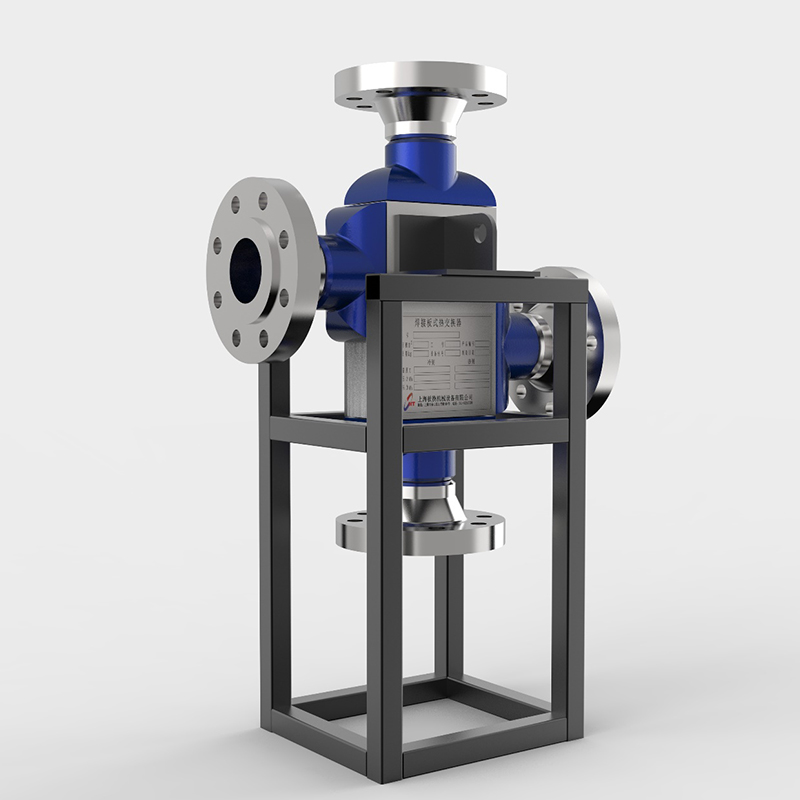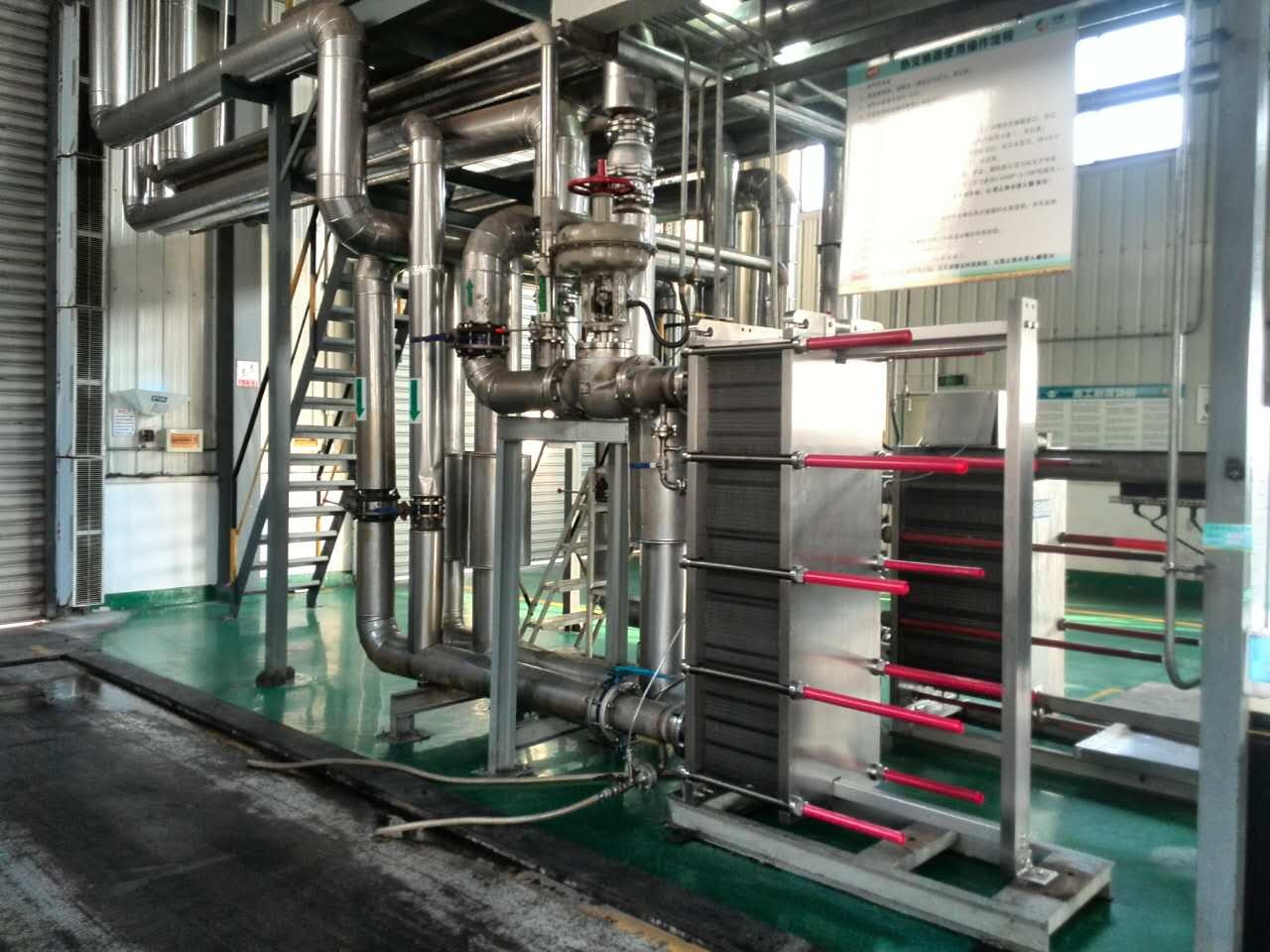5 key roles of plate heat exchanger gaskets.
Plate heat exchanger gaskets perform 5 key roles: ...
More
The principle of a chiller heat exchanger centers on the efficient transfer of thermal energy between two or more fluids at different temperatures without allowing them to mix. In a typical vapor-compression chiller system, the heat exchanger functions as either an evaporator or a condenser. As the core component, its design and operational efficiency directly dictate the chiller's overall performance and energy consumption. In the evaporator, the liquid refrigerant absorbs heat from the process water (or other secondary coolant), causing it to evaporate into a low-pressure gas and thereby chilling the water for its intended application. Conversely, in the condenser, the high-pressure, high-temperature refrigerant gas releases its absorbed heat to a cooling medium, such as ambient air or cooling tower water, causing it to condense back into a liquid. This continuous cycle of evaporation and condensation, governed by the laws of thermodynamics, is the fundamental principle. The effectiveness of this heat transfer is quantified by the Overall Heat Transfer Coefficient (U-value), which is influenced by material thermal conductivity, fluid flow rates, temperature differentials (Log Mean Temperature Difference - LMTD), and the surface area of the heat exchange tubes or plates. Modern designs, including shell-and-tube, plate, and microchannel types, are engineered to maximize this U-value and LMTD, ensuring optimal thermal efficiency and system reliability.
Select the most popular foreign trade service products to meet your diverse needs
Learn more about the dynamics and professional knowledge of the foreign trade industry

Plate heat exchanger gaskets perform 5 key roles: ...
More
A gasket in heat exchanger seals surfaces, blocks ...
MoreAPI 662 defines standards for plate heat exchanger...
More
Ignoring a fouled heat exchanger causes high energ...
More
A heat exchanger's main parts include the heat tra...
More
Plate heat exchangers deliver high thermal efficie...
MoreSelect the most popular foreign trade service products to meet your diverse needs
Explore more content related to foreign trade services

User Comments
Service Experience Sharing from Real Customers
Michael Reynolds
Facility ManagerThis chiller heat exchanger has dramatically improved our building's cooling efficiency. The installation was straightforward, and we've noticed a significant reduction in our energy consumption since it was installed. The build quality is exceptional.
Sarah Chen
Plant EngineerWe run our HVAC systems 24/7, and reliability is non-negotiable. This heat exchanger has been operating flawlessly for over a year under heavy load. Its corrosion-resistant design is perfect for our environment and has minimized maintenance downtime.
David Rodriguez
HVAC TechnicianAs a technician, I appreciate a well-designed unit. This chiller heat exchanger is easy to service and clean. The performance is top-notch, providing consistent and stable temperature control for our client's data center. A very solid product.
Jennifer Williams
Hospital Chief EngineerCritical environments demand reliable equipment. This heat exchanger maintains precise temperature control for our lab and server rooms, which is vital for our operations. The efficiency gains have also helped us lower our operational costs. Highly recommended.